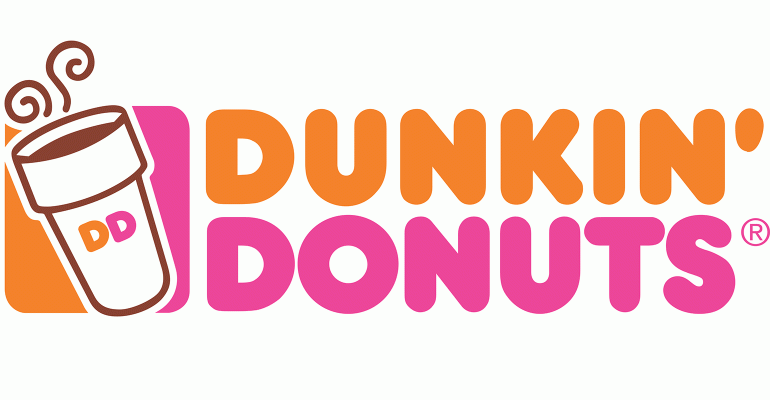Dunkin’ Donuts wants to improve sales by selling fewer items.
The Canton, Mass.-based beverage chain on Thursday said it is about to start testing a simplified menu at 300 locations in various markets in a bid to reduce complexity inside the chain’s restaurants.
“We have a pretty complex store we want to simplify,” said Nigel Travis, CEO of Dunkin’s parent company, Dunkin Brands Inc., during the company’s fourth-quarter earnings call.
Details of the plan are scarce, but the company would reduce lower-selling items, especially food items. Over the years, Dunkin’ has added numerous menu items, both beverages and food, at breakfast and lunch.
This has generated growing concern recently that the company’s restaurants have grown too complex, slowing service and traffic.
Dunkin’ Donuts’ same-store sales increased 1.9 percent in the quarter ended Dec. 31. Yet traffic declined by about 200 basis points in the period.
Dave Hoffmann, president of Dunkin’ Donuts in the U.S. and Canada, said the plan is part of his focus to strengthen the chain’s core products.
Complexity, he said, “is not unique to Dunkin’. It’s common in other players in the industry. Complexity creeps in and you have to attack it.
By reducing menu items, the company believes it could improve speed and accuracy while saving on labor and food costs.
“We want to get a little leaner and get faster,” Travis said. Ultimately, he added, improving speed and accuracy could improve sales at restaurants by enabling the chain to focus its marketing spending on those core items.
More value: Executives on the call also said they hope that improving value could help drive more traffic to the company’s restaurants in 2017. The chain worked with operators last year on taking less price than they had in the past, and menu prices in the quarter increased 200 basis points, less than the 300 basis-point price increase operators took the year before.
“They took price more conservatively than they did in the prior year,” Travis said. “This is a big win.”
Executives said value would play a bigger role in the company’s marketing in the coming year. “We have opportunities to strengthen our national value voice,” Hoffmann said. “Affordability is going to be part of our DNA going forward.”
More technology: Technology is already playing a big role in the company, but executives believe that loyalty- and mobile-payment strategies could drive traffic in the future.
More than 6 million members have enrolled in the company’s DD Perks loyalty program, and it was these members who drove more than 10 percent of transactions in the quarter. The company’s on-the-go ordering through its loyalty program represented more than 1 percent of sales.
The company likes its loyalty program because numbers indicate that loyal customers visit Dunkin’ more often. Loyalty members in the program before the fourth quarter of 2015 increased their sales by more than 9 percent in the quarter.
“We still have not unleashed the full potential of Dunkin’ Donuts in the U.S.,” Travis said. “We know the brand can deliver more growth.”
Financials: Revenues in the quarter increased 5.8 percent, to $215.7 million from $203.8 million. Net income increased to $56.1 million, or 61 cents per share, from a loss of $8.9 million or 10 cents a year ago.
For the year, revenues increased 2.2 percent to $828.9 million from $810.9 million, while net income increased 85.9 percent to $195.6 million, or $2.14 per share, from $105.2 million or $1.10 per share.
The company’s Baskin-Robbins brand reported a same-store sales decline of 0.9 percent in the U.S. and an increase of 0.7 percent for the year.
Fewer new units: Dunkin’ said it expects its Dunkin’ Donuts franchisees to open 385 locations in the U.S. in 2017. That’s a smaller number than the 397 locations opened in 2016.
Paul Carbone, the company’s chief financial officer, said the projected number of openings is still within the chain’s target range of 4 to 6 percent unit growth annually. But he suggested rising costs and lower sales might be keeping operators from adding locations. He also said there is a lot of uncertainty, and labor costs are rising.
Carbone did say development should pick up in the coming years. “We feel it’s the right level of development at this point in time,” he said.
Contact Jonathan Maze at [email protected]
Follow him on Twitter at @jonathanmaze





